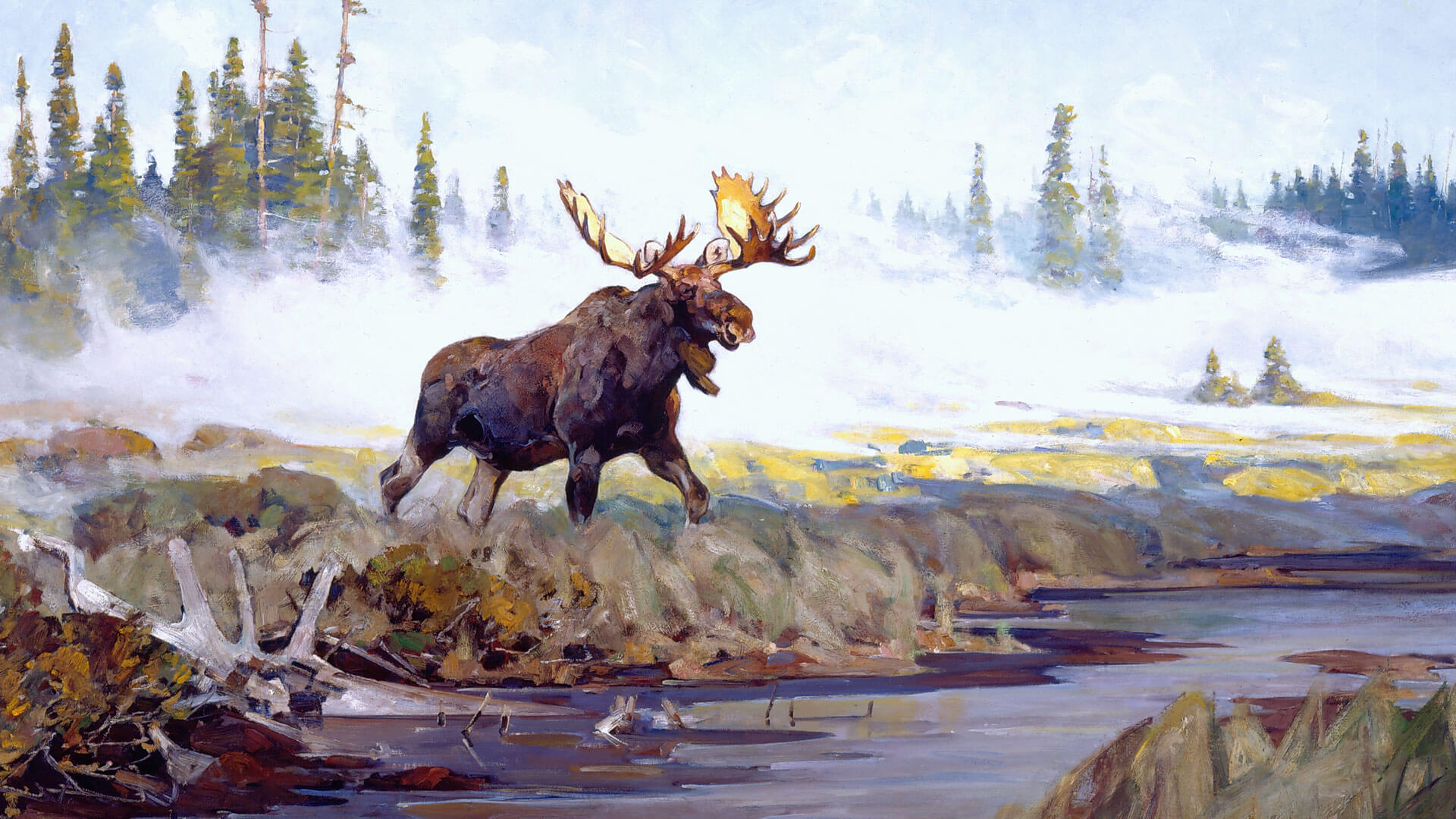Masterworks from the Rijksmuseum Twenthe and the National Museum of Wildlife Art
The Nelson-Atkins proudly presents its first-ever exhibition of wildlife and wilderness art. Survival of the Fittest: Picturing Wildlife and Wilderness showcases paintings by the influential artists Richard Friese, Wilhelm Kuhnert, Bruno Liljefors, and Carl Rungius. Follow them on a trek across the world, into far-flung scenes beyond our urban centers and domesticated lives.
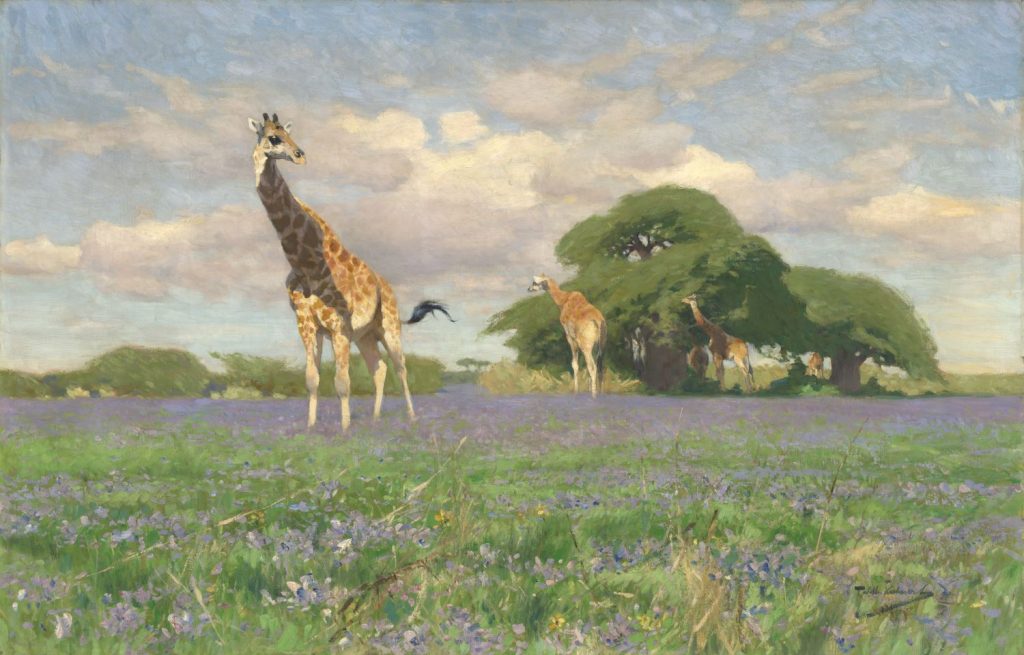
Retreat into the wilds
Once upon a time, these paintings allowed audiences to escape to areas far removed from their daily lives. The same is true today. Wander the exhibition’s wild frontiers — from vast savannas to misty mountaintops — and marvel at the majesty of the natural world and the wildlife that inhabits it.
Explore the art of evolution
Survival of the Fittest borrows its name from Charles Darwin’s revolutionary theory of evolution — and features an original copy of On the Origin of Species, the groundbreaking text in which he first proposed the theory. Darwin’s ideas radically shifted our understanding of the natural world and how artists depicted it.
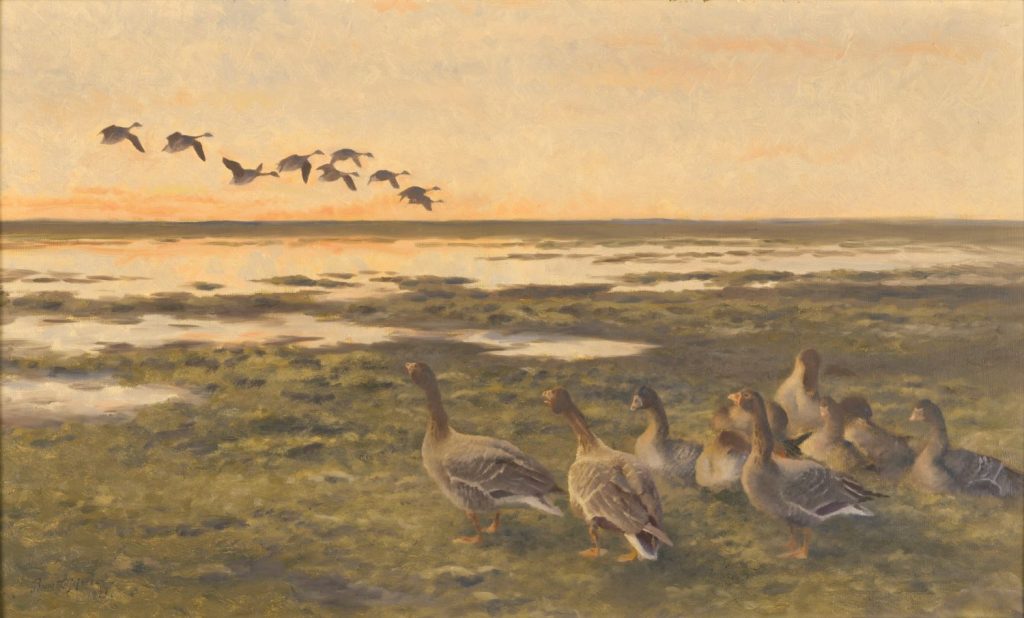
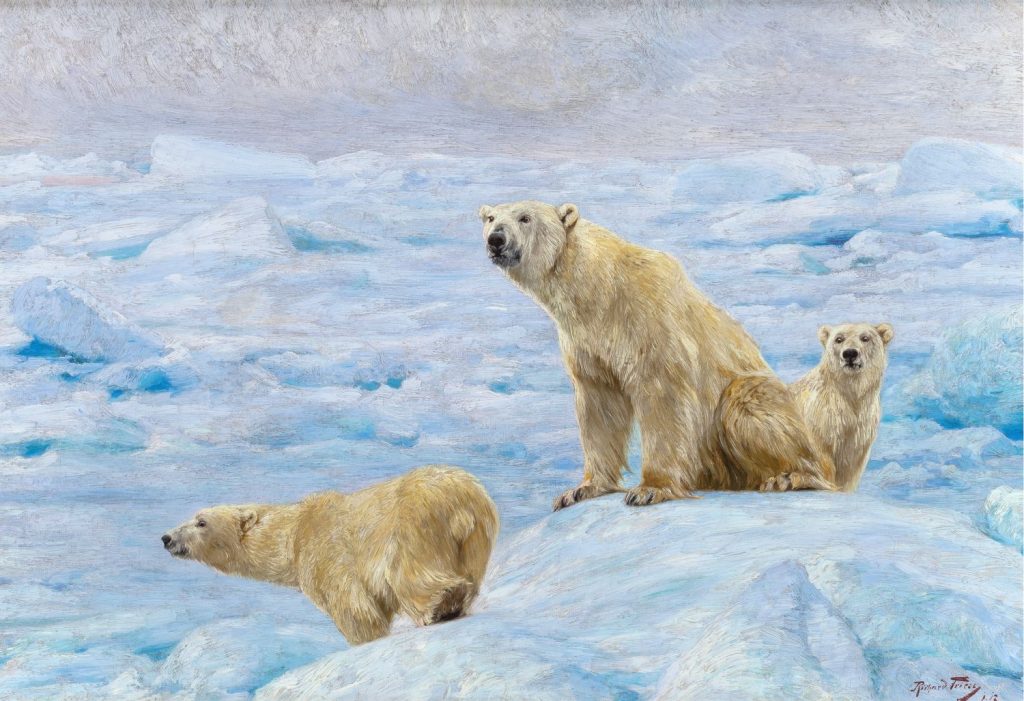
Look toward a sustainable future
Art may be timeless, but its subjects aren’t. In Survival of the Fittest, explore the entwined histories of wildlife art and conservation efforts, from their early days to modern movements. As you venture through the exhibition, learn about the ways, great and small, that you can effect positive change on our natural world.
Follow the Field Guide (and collect your prize)
Want more to explore? Take a Field Guide when you arrive at the exhibition! Use it to navigate Survival of the Fittest and think closely about the exhibition’s art and ideas. Complete the activities as you go, then bring the guide back to the Museum Store to receive a limited-edition patch to commemorate your adventure.

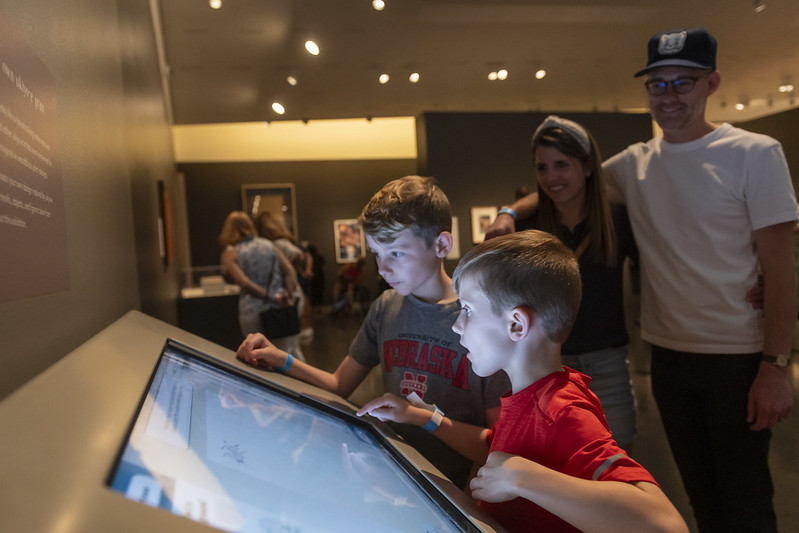
Members see it early — and for free
In return for their support, Nelson-Atkins members receive many benefits, including early access and free daily admission to special exhibitions like Survival of the Fittest. Visit the Nelson-Atkins Info Desk in Bloch Lobby to ask about rolling the price of your exhibition ticket into the cost of a new membership.
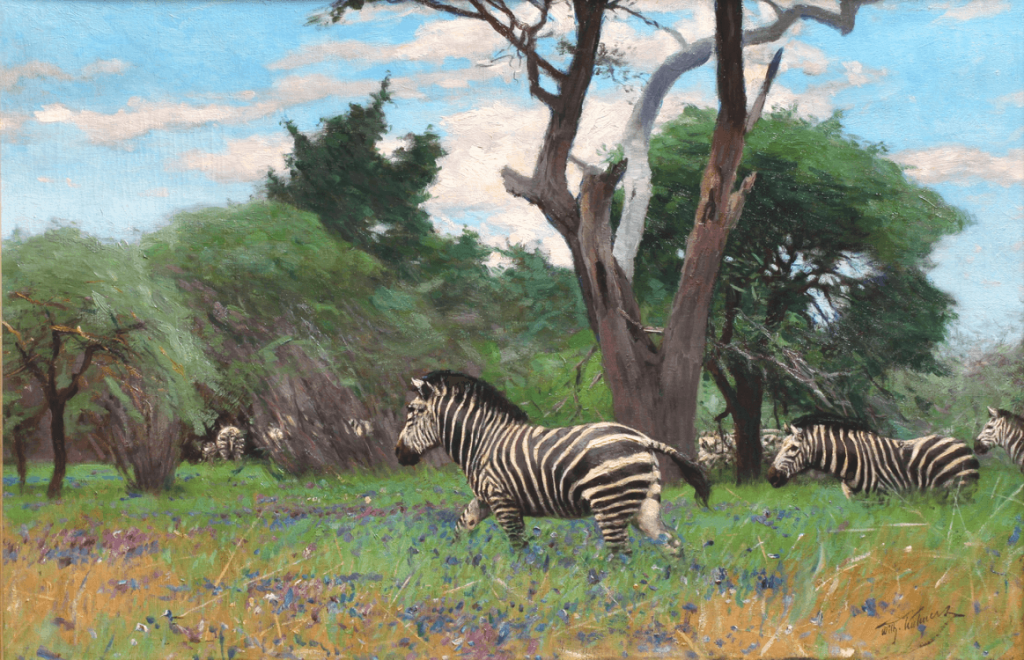
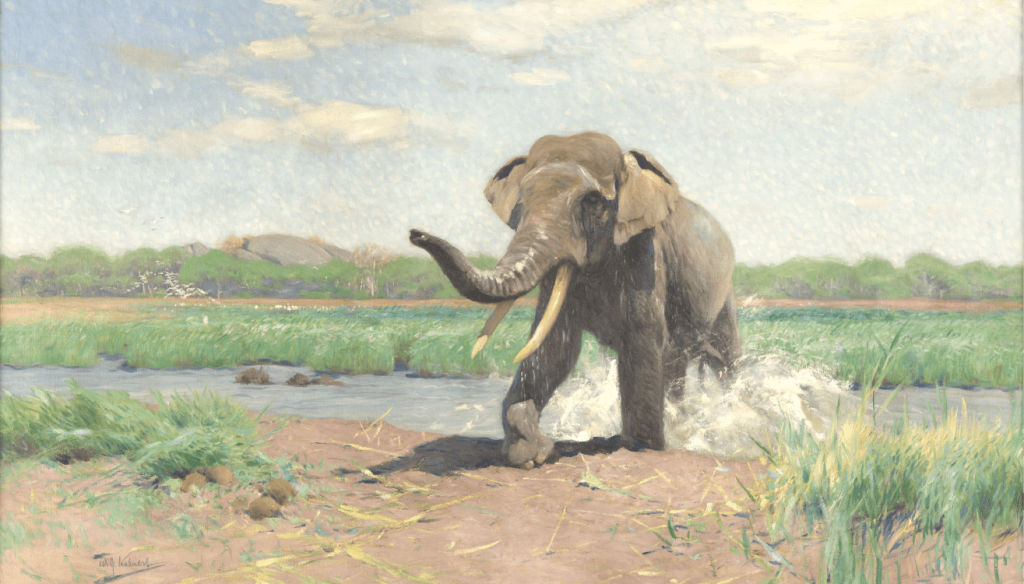
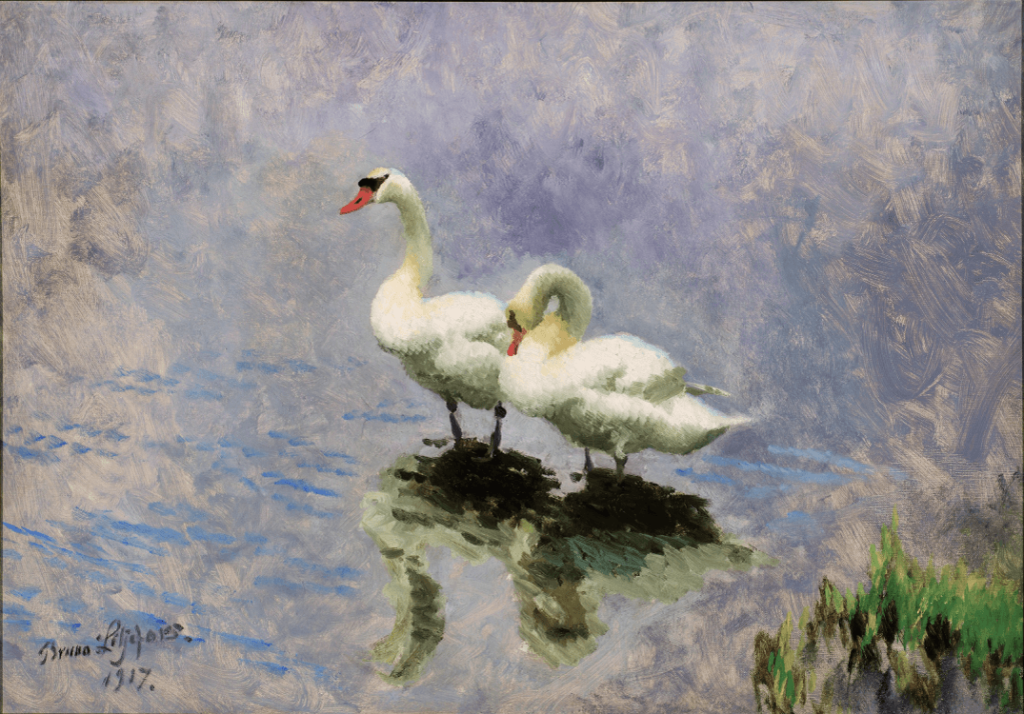
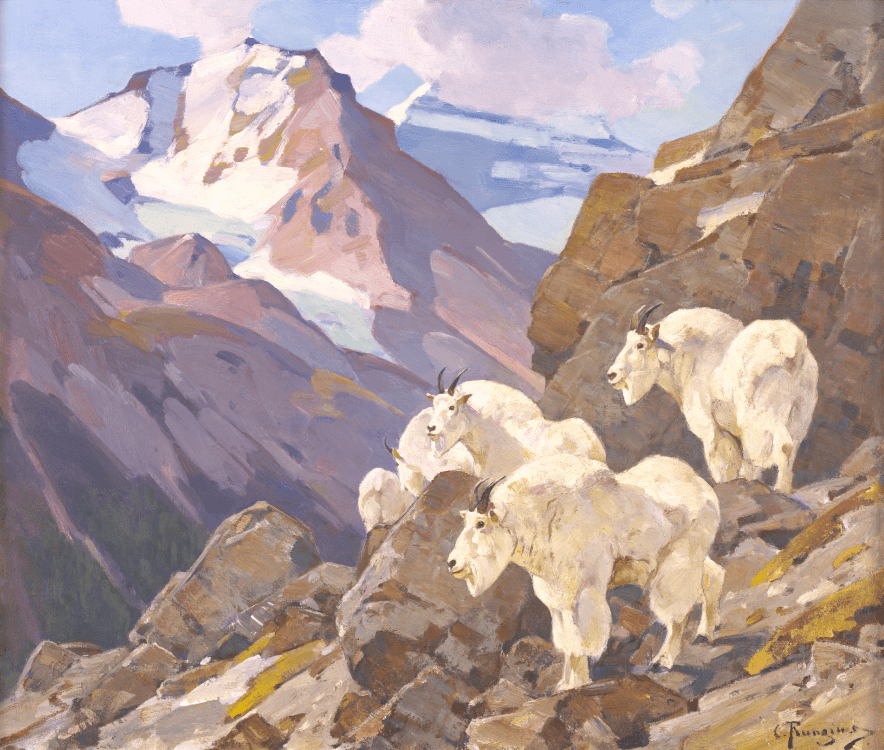


Organized by the National Museum of Wildlife Art, Jackson, Wyoming. In Kansas City, generous support provided by Paul DeBruce and Linda Woodsmall-DeBruce, G. Kenneth and Ann Baum Philanthropic Fund, Evelyn Craft Belger and Richard Belger, Neil Karbank and Gretchen Calhoun, Don Hall Jr., Owen and Lynne Buckley.

Header image: Carl Rungius (German, 1869 – 1959). Morning Mist (Harlow Triptych), ca. 1930. Oil on canvas, 47 x 70 ½ inches. JKM Collection®, National Museum of Wildlife Art, Jackson, Wyoming, © Estate of Carl Rungius.
To learn more information about the artists in the exhibition and wildlife art, see the Spencer Art Reference Library’s guide.
